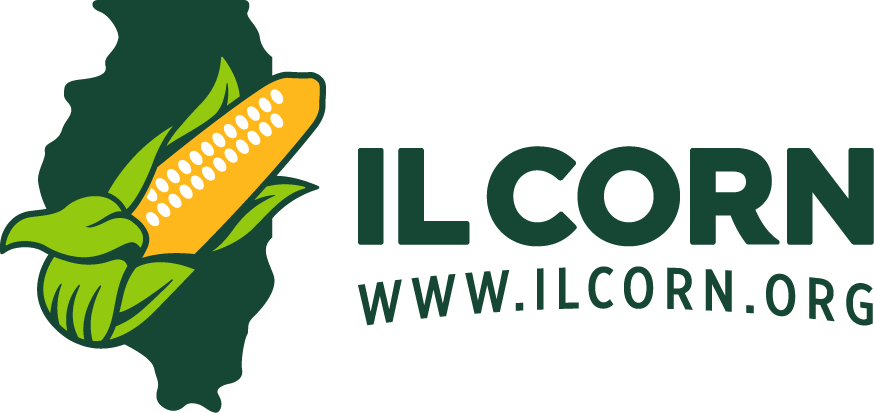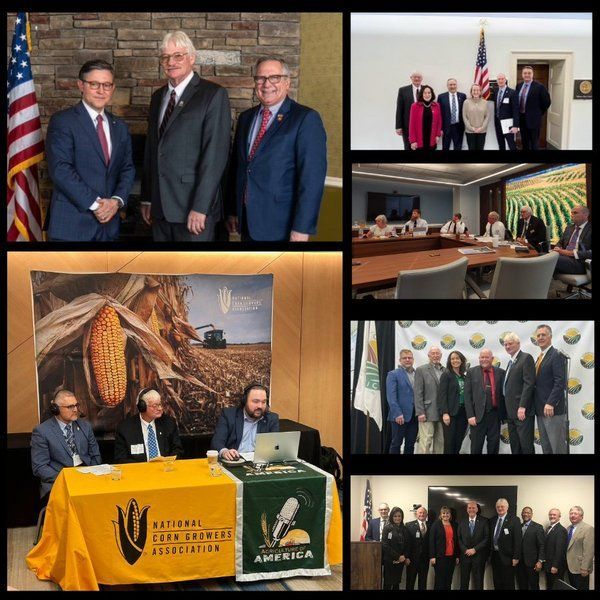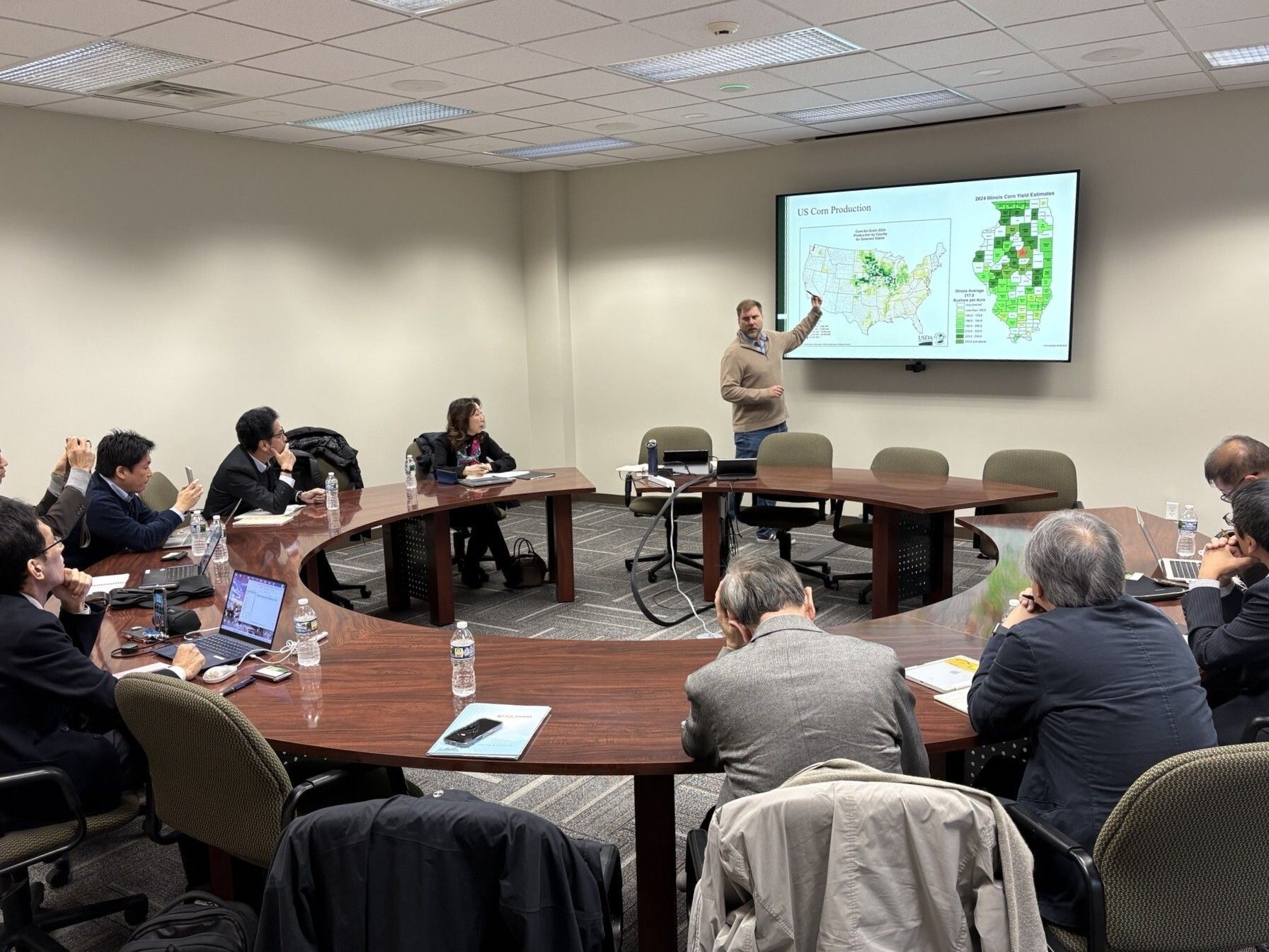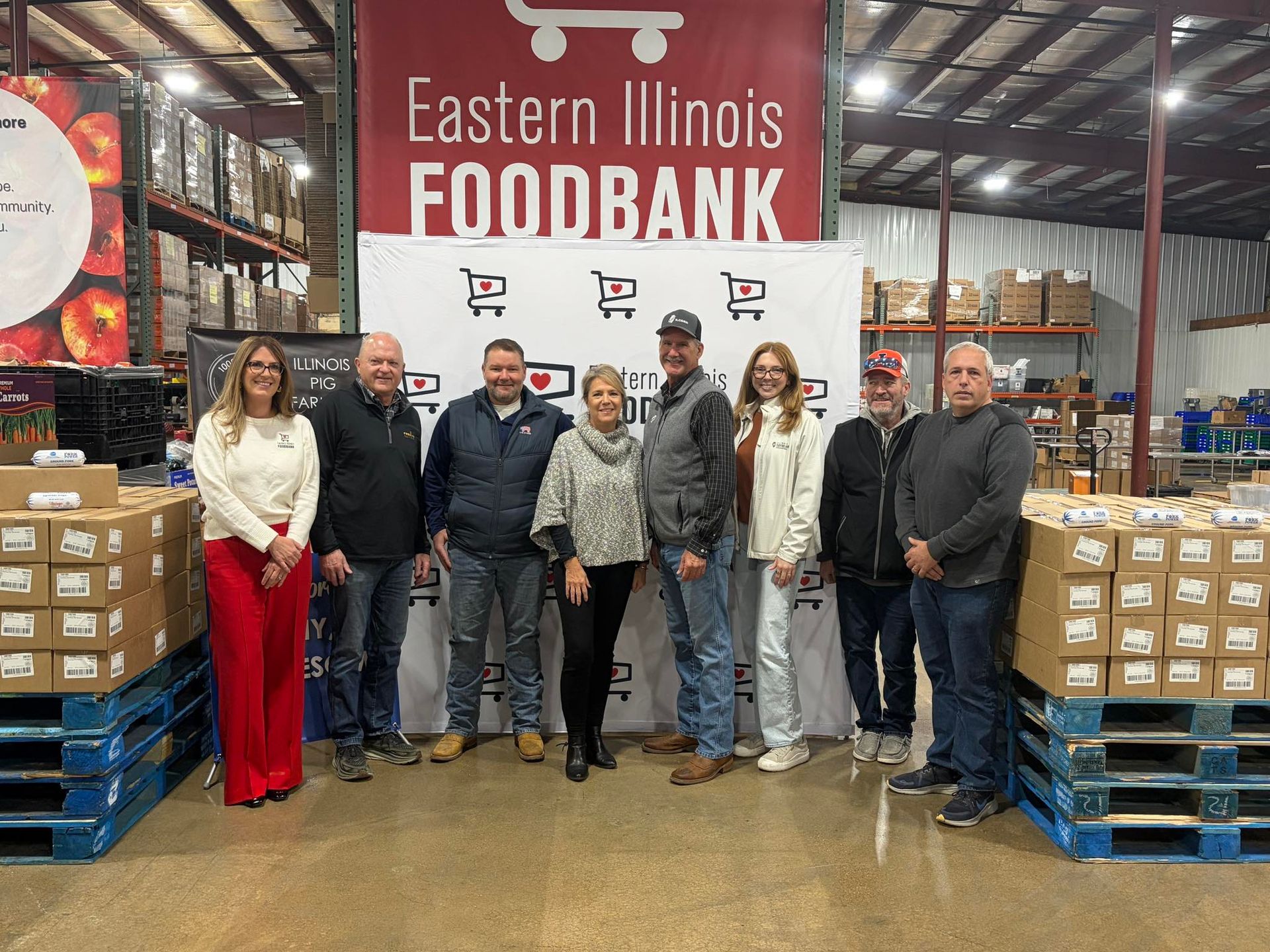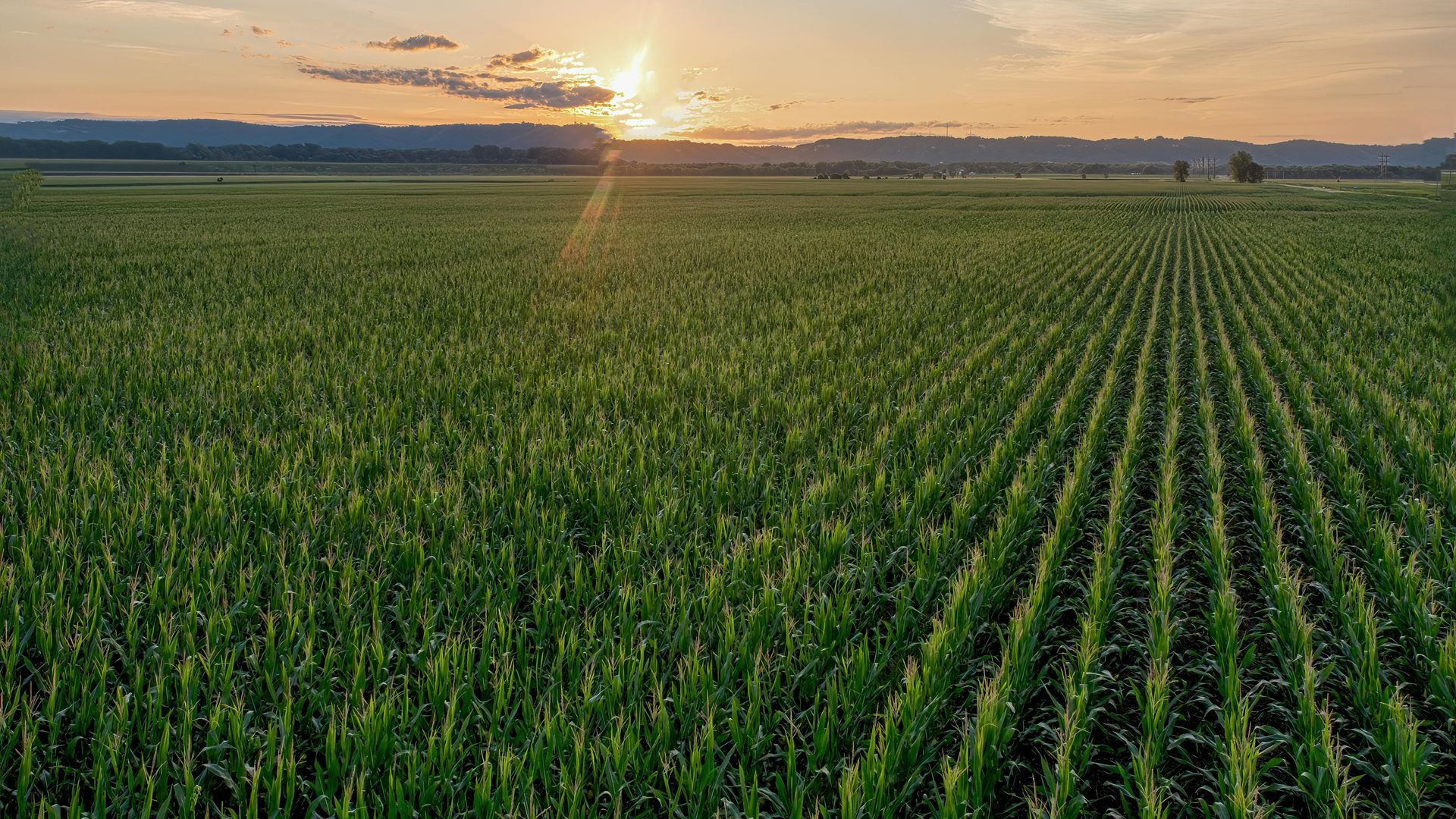IL Corn Celebrates Lock 25 Groundbreaking

After decades of advocacy, education, diligence and tenacity, the IL Corn Growers Association celebrates the groundbreaking of a brand-new 1,200-foot Lock 25 near Winfield, MO today, May 18, 2023.
The important advancement would not be happening without the partnership of the Waterways Council, Inc, as well as the important coalition members who have joined corn farmers in pursuit of upgraded river infrastructure along the way. Many thanks to the MidAmerica Carpenters Regional Council for their tireless advocacy for the jobs this project will provide as well as the conservation groups that joined our voices asking for environmental restoration to accompany this project.
“Finally getting to this point is cause for celebration,” said Matt Rush, President of the IL Corn Growers Association and farmer from Fairfield, IL. “I am speaking for all corn farmers today – corn farmers that attended barge tours, corn farmers that called their elected officials on this issue, corn farmers that walked the halls of Congress with their association to ask for new locks and dams – when I say how excited we are to see this progress.”
Illinois is the largest corn exporting state in the nation, and those significant international sales are built on the network of our river system. River transportation provides the lowest cost, greenest, most efficient means to transport corn from Illinois to our global customers, but the locks and dams that empower our industry are broken. Today’s groundbreaking ceremony celebrates one more small step towards the updated infrastructure that will make farmers competitive in the global market.

According to Jim Tarmann, IL Corn Managing Director who has worked on this issue for most of his career, “Over time, we’ve done analysis on the cost of inefficiencies [on a per-lock basis. Those costs change, but it’s about a penny to a penny and a half per bushel per lock. By the time we upgrade all seven locks, farmers are gaining about 8-10 cents per bushel of efficiency to the system and they should see at least a penny per bushel in gained efficiency when the new 1,200-foot Lock 25 at Winfield is operational.”
Former IL Corn and National Corn Growers Association leader Garry Niemeyer from Auburn, IL remembers hours, days, and weeks of advocacy for upgraded locks and dams.
“When we would walk into a Congressional office with a member of the Carpenter’s Union, sometimes the member would be surprised to see us working together! But I’m a farmer and I needed to move my grain. He’s representing guys and gals that needed jobs. This is a project that we both needed and I’m excited to see progress being made today,” Niemeyer said.
Special thanks to the Illinois Farm Bureau, Illinois Soybean Association, Illinois Fertilizer and Chemical Association, and Grain and Feed Association of Illinois for their advocacy partnership on this river infrastructure need.

